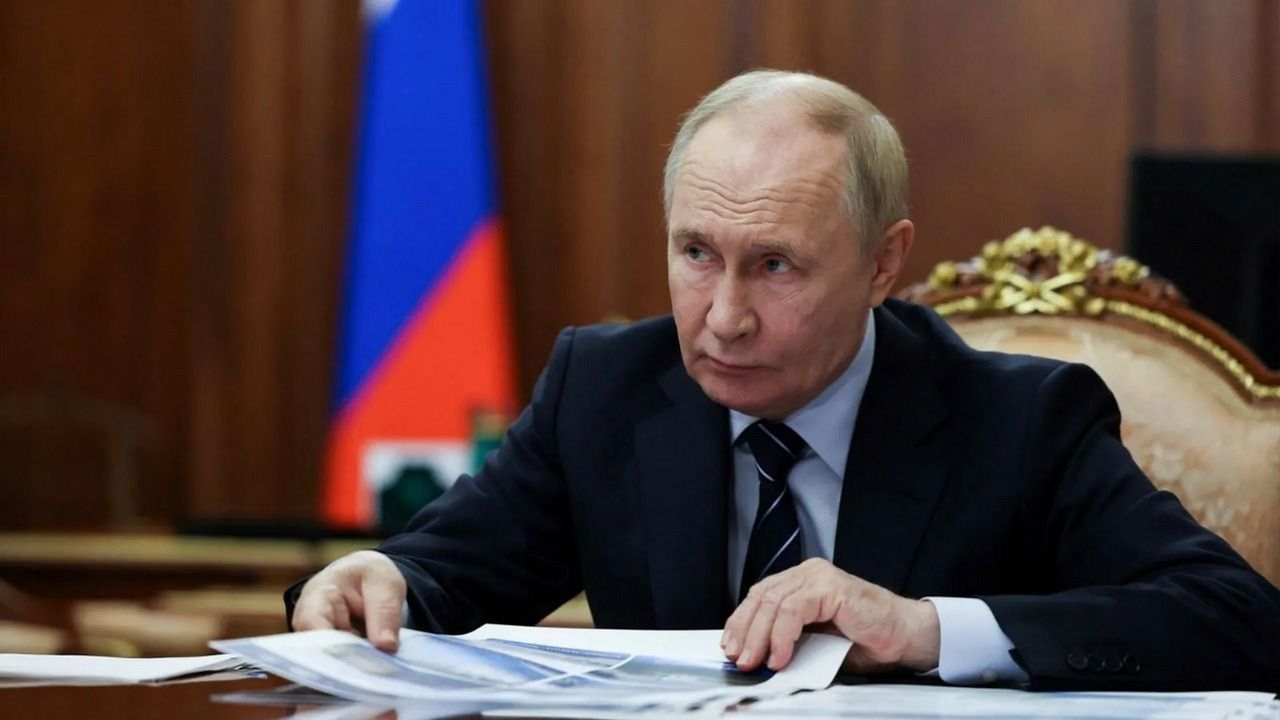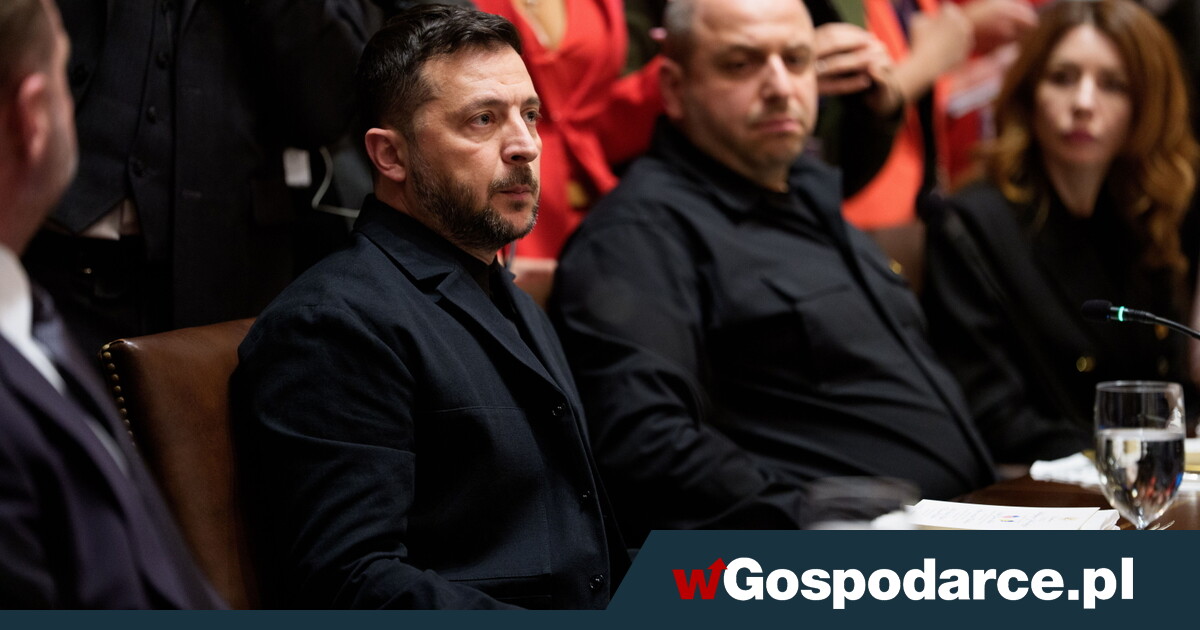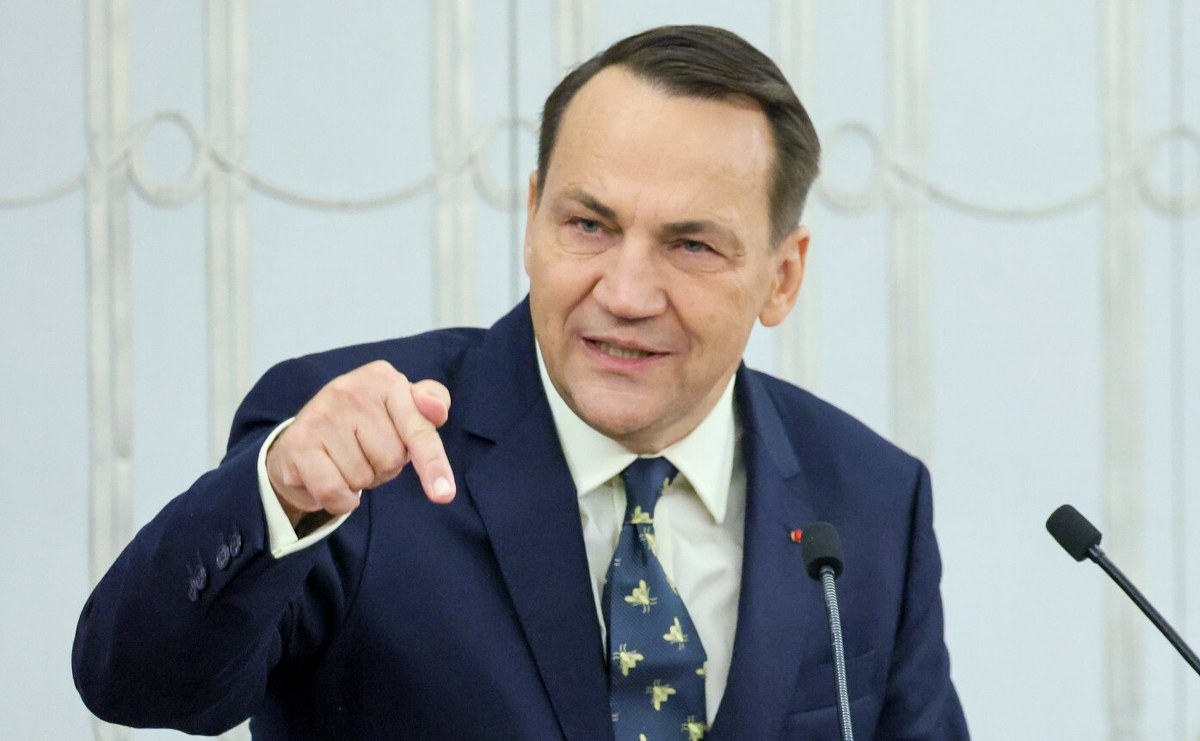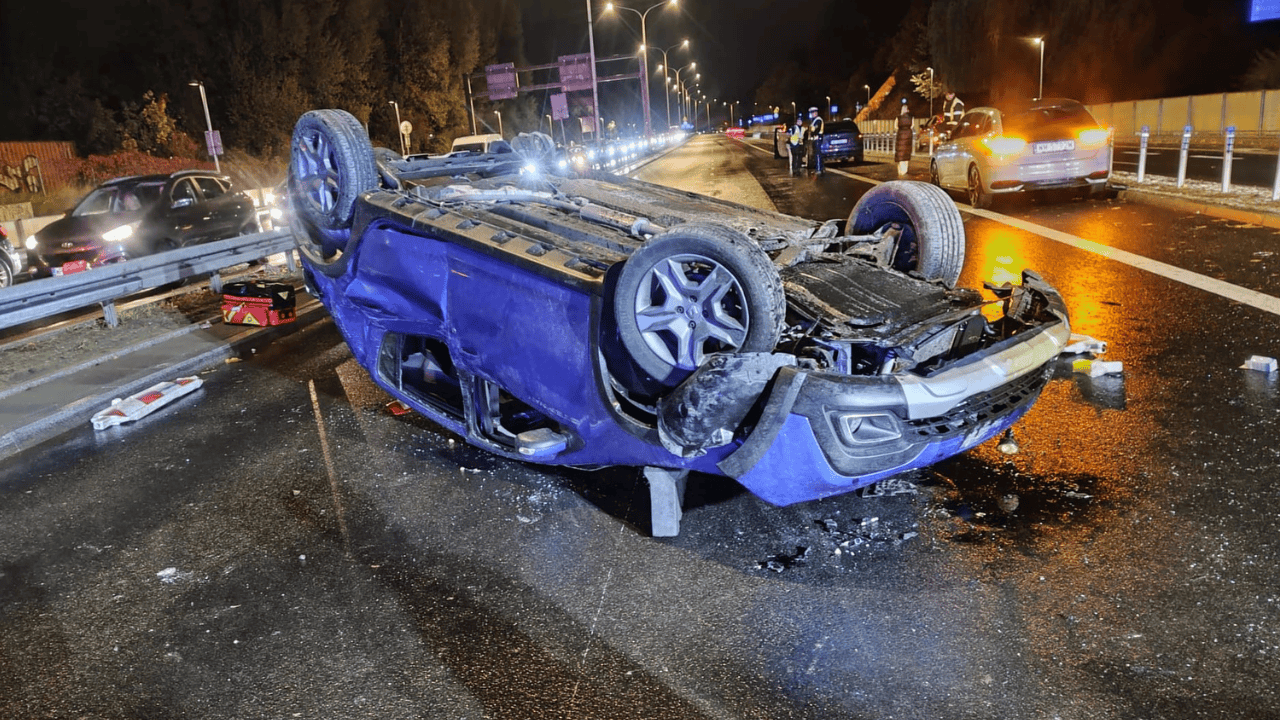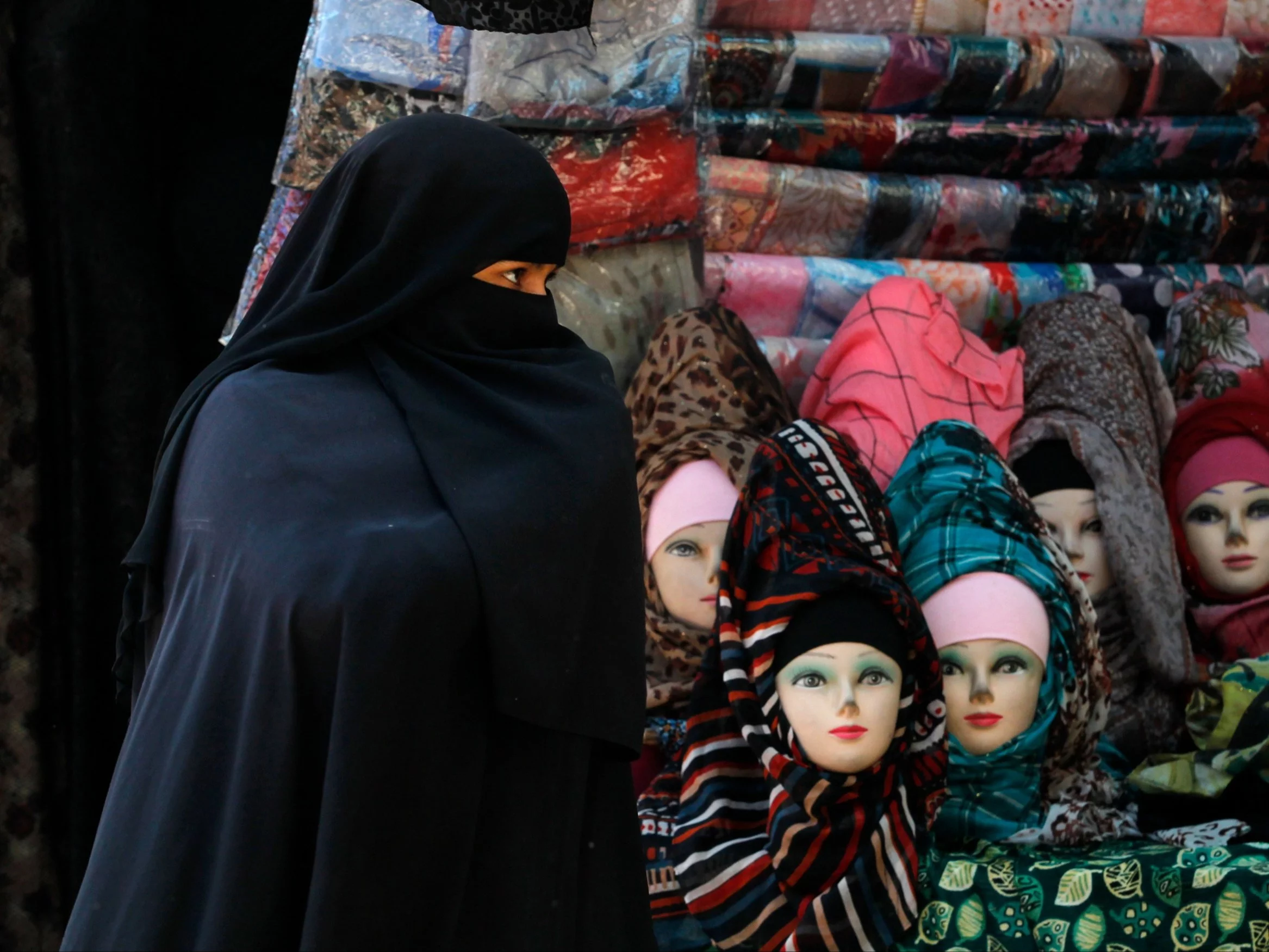The video shows armed, masked men operating in the border area with Estonia. According to ISW analysts, these are so-called. green men – a word which was called Russian soldiers without markings, participating in the annexation of Crimea in 2014.
The ISW points out that this is the first case of specified formations close the borders of a NATO-owned state. Their presence is to be part of a Russian strategy to destabilise Europe through intimidation and intellectual action. Estonian safety expert Marek Kohv assessed the incidental as Kremlin provocation and part of the ongoing hybrid war against the West.
Judging from the uniform, men were not border guards, which posed a clear threat to Estonia. – said Meelis Saarepuu, border defender commander.
After armed men arrived in the border area last Friday, Estonian services decided to close road No. 178 linking Lutepää and Sesniki. This episode runs on a short passage through Russia. The Estonian Police and Border defender (PPA) stressed that the decision was of a preventive nature.
We cannot regulation out attempts to provoke or show forces from Russia – said the MPA spokesperson.
It's started. Zero phase
ISW experts estimation that Russia has begun the first phase of preparations for the NATO conflict, referred to as Zero phase. These conclusions are based on a series of reports and communications by the Russian abroad Intelligence Service (SWR), which began to accuse Western states of alleged planning provocations under false flag.
According to ISW analysts, these actions are designed to form the Russian public, perpetuating the belief that the West is liable for the expanding tensions.
The Kremlin is trying to force Europe to limit its defence efforts for fear of Russian retaliation. It's part of a intellectual war. – highlighted in the analysis.
The Institute besides notes that Moscow is conducting a long-term reorganization of the armed forces at the western borders, including establishing fresh military bases close the border with Finland. At the same time, Russian drones are increasingly invading NATO airspace, including Poland, Romania and Estonia.


